The Brown Commercial Seaweed Market is currently characterized by a dynamic competitive landscape, driven by increasing demand for sustainable food sources, bioplastics, and agricultural applications. Key players are actively positioning themselves through innovation and strategic partnerships to capitalize on these growth opportunities. For instance, Acadian Seaplants Limited (Canada) has focused on enhancing its product portfolio by investing in research and development, particularly in the area of bioactive compounds derived from seaweed. Similarly, Cargill, Incorporated (US) has been expanding its footprint in the market through strategic acquisitions and collaborations aimed at integrating seaweed into its broader product offerings, particularly in the food and nutrition sectors. These strategies collectively contribute to a competitive environment that is increasingly focused on sustainability and innovation.
The market structure appears moderately fragmented, with several players vying for market share while also engaging in localizing manufacturing and optimizing supply chains. This fragmentation allows for a diverse range of products and applications, catering to various industries such as food, cosmetics, and agriculture. The collective influence of key players, including DuPont de Nemours, Inc. (US) and Gelymar S.A. (Chile), suggests a trend towards consolidation, as companies seek to enhance their competitive edge through economies of scale and improved operational efficiencies.
In August 2025, DuPont de Nemours, Inc. (US) announced a partnership with a leading agricultural technology firm to develop innovative seaweed-based fertilizers. This strategic move is significant as it aligns with the growing emphasis on sustainable agricultural practices and positions DuPont as a frontrunner in the eco-friendly fertilizer market. The collaboration is expected to leverage DuPont's expertise in biotechnology, potentially leading to enhanced crop yields and reduced environmental impact.
In September 2025, Gelymar S.A. (Chile) launched a new line of organic seaweed extracts aimed at the cosmetic industry. This initiative reflects Gelymar's commitment to sustainability and innovation, as the company seeks to tap into the burgeoning demand for natural ingredients in personal care products. The introduction of these extracts not only diversifies Gelymar's product offerings but also strengthens its market position in the cosmetics sector, which is increasingly leaning towards eco-friendly solutions.
In October 2025, Ocean Harvest Technology Ltd (Ireland) unveiled a new digital platform designed to optimize the supply chain for seaweed products. This platform aims to enhance traceability and transparency, addressing consumer demand for sustainably sourced ingredients. The strategic importance of this initiative lies in its potential to streamline operations and improve customer engagement, thereby reinforcing Ocean Harvest's competitive advantage in a market that is progressively prioritizing sustainability and ethical sourcing.
As of October 2025, the competitive trends in the Brown Commercial Seaweed Market are increasingly defined by digitalization, sustainability, and the integration of artificial intelligence in operations. Strategic alliances are becoming more prevalent, as companies recognize the value of collaboration in driving innovation and expanding market reach. Looking ahead, it is likely that competitive differentiation will evolve, shifting from traditional price-based competition to a focus on innovation, technological advancements, and supply chain reliability. This transition underscores the importance of adaptability and forward-thinking strategies in navigating the complexities of the market.


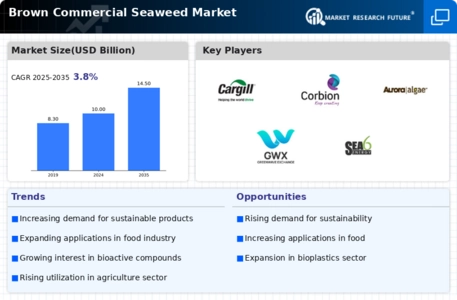
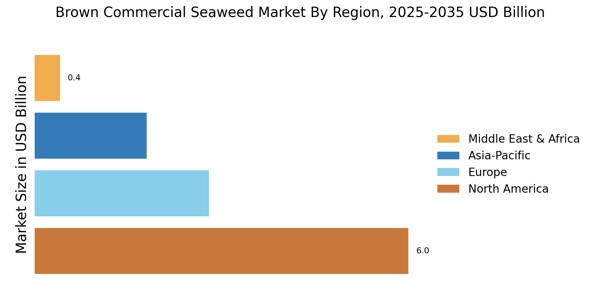
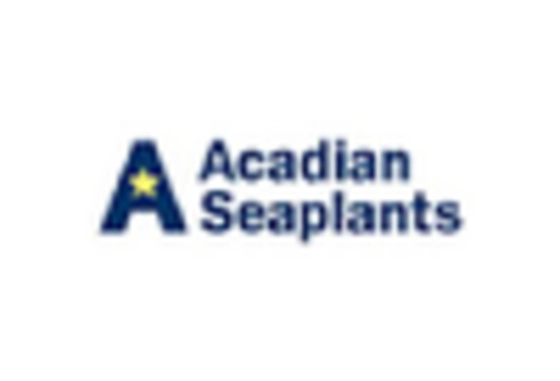


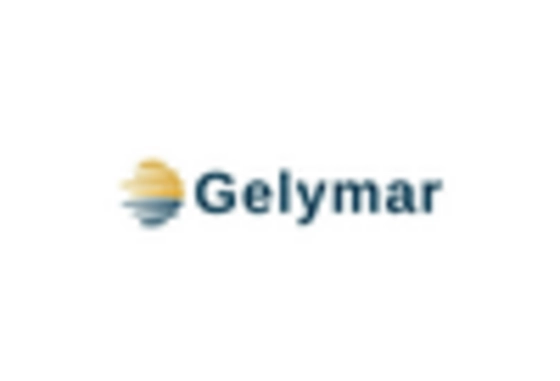

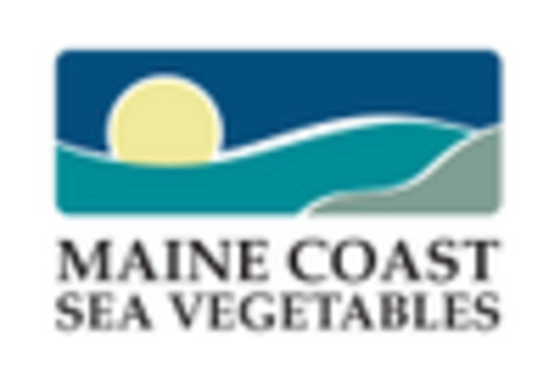








Leave a Comment